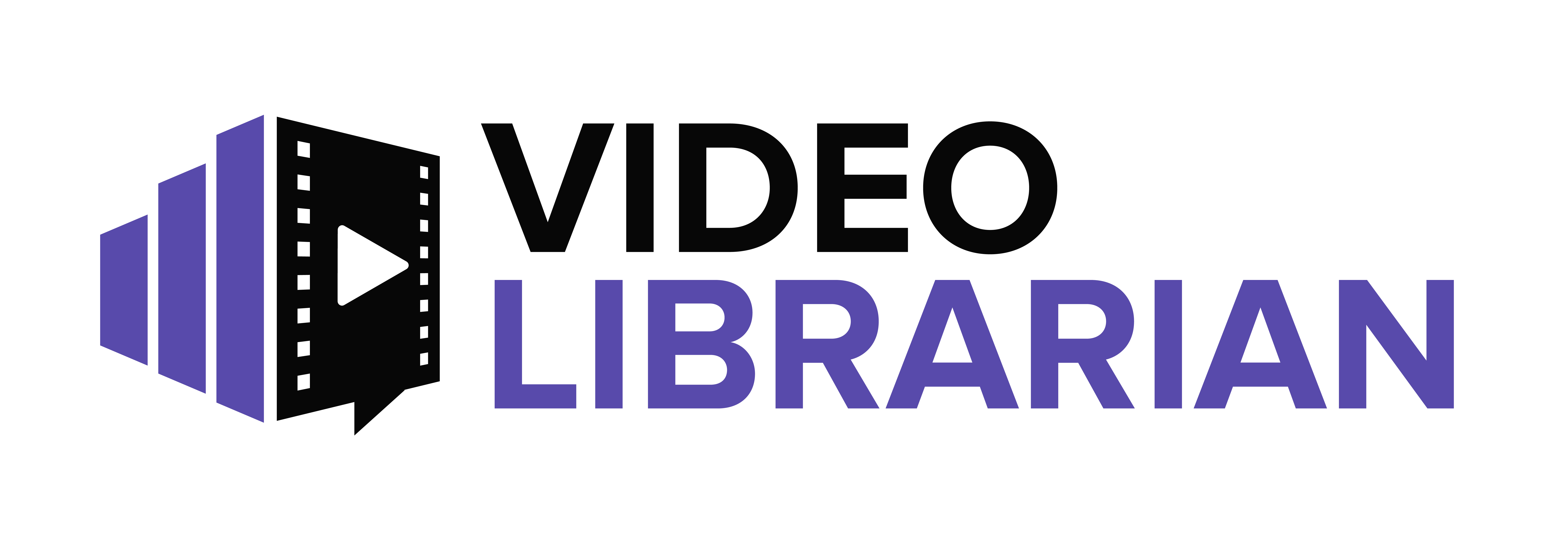At first, you can barely see it: the hearing aid in Hawkeye’s ear in the Disney+ series Hawkeye. Hawkeye draws attention to it as he walks down the sidewalk in New York City with Kate Bishop, switching sides so that she is walking next to his ear with the aid so that he can hear her better. The little hints of his hearing loss pop up earlier when he and his youngest son, Nate, sign to one another as his kids leave New York.
This is something new. This is something different for Marvel and offers a prelude for the coming episodes in the series where we will meet Maya, AKA Echo, who is deaf and communicates with her father using American Sign Language. She also uses ASL with a key member of the Tracksuit Mafia and even (spoiler alert) Kingpin, who has learned a minimal amount of ASL to speak with his number two woman.
My son, who started middle school this year, became a little obsessed with Maya especially after he learned that the actress is deaf, not a hearing actress playing the part of a deaf character. My son is not deaf, but the representation of underrepresented communities and cultures is something he’s always picked up on, something that matters to him, something that pulls him into a story because it makes it more interesting and more real.
Marvel stories are over the top. This means that representation might be one of the most authentic elements in them. The world is not monolithic, but too often in media, it feels that way.
This new addition to the MCU made an impact on my son. It mattered to him, and I know it mattered to lots of other people as well.
When I was in middle school, my mom switched careers. She’d been a school teacher my entire life, but as the push for standardized teaching swept in alongside budget cuts, my mother stepped out of education and became a hearing healthcare specialist and she loved it.
Before my mom took this job, my understanding of hearing impairment was minimal. In my mind, you got old and lost your hearing. That was it, and hearing aids were things that many people, despite the need, refused to wear because of the stigma surrounding them.
As I came to learn more about my mother’s work and her patients, I discovered the wide range of hearing loss individuals could have and that it could affect people of all ages and walks of life. Many of my mother’s clients were former NFL players, the heavy hits to the head taking their toll on them. Others were long-haul truck drivers or musicians.
The stigma around hearing impairment I previously participated in because of ignorance melted away through this experience. But, I still had very little exposure to deaf culture because of lack of representation and educational segregation. Hearing impairment is not the same. Thus, representation of both is needed and necessary.
Through Hawkeye, my son became interested in learning more about deaf culture and hearing impairment. He also became even more committed to supporting (and writing) stories that represent more accurately the world in which we all live.
The series expanded his understanding of the variety of ways that people and communities can communicate and of how communication reflects community needs and interests. When Makkari, a deaf woman of color superhero in Eternals, came on screen, he was excited again, glad to see that Maya was not the one and only.
Expansive representation in pop culture is meaningful and not only for the communities being represented but also for those who are not members of those communities. Maya felt significant as well because her story is not about being deaf. Maya’s story is about being Maya, another important thing when it comes to equity in representation.
Too often, individuals from traditionally marginalized and oppressed communities gain representation through stories of marginalization, of oppression, so that their identities are wrapped solely in trauma. It is essential that representation moves beyond that.
Of course, deaf representation in mainstream media remains severely limited, and I hope that such representation expands for this community and others. Representation is essential for change, acceptance, and understanding. Additionally, as I’ve seen with my own son, representation can excite students and empower them to embrace their own identities and to expand representation in their creative work. Media librarians select titles with positive representation of persons with disabilities when developing their film collection.



